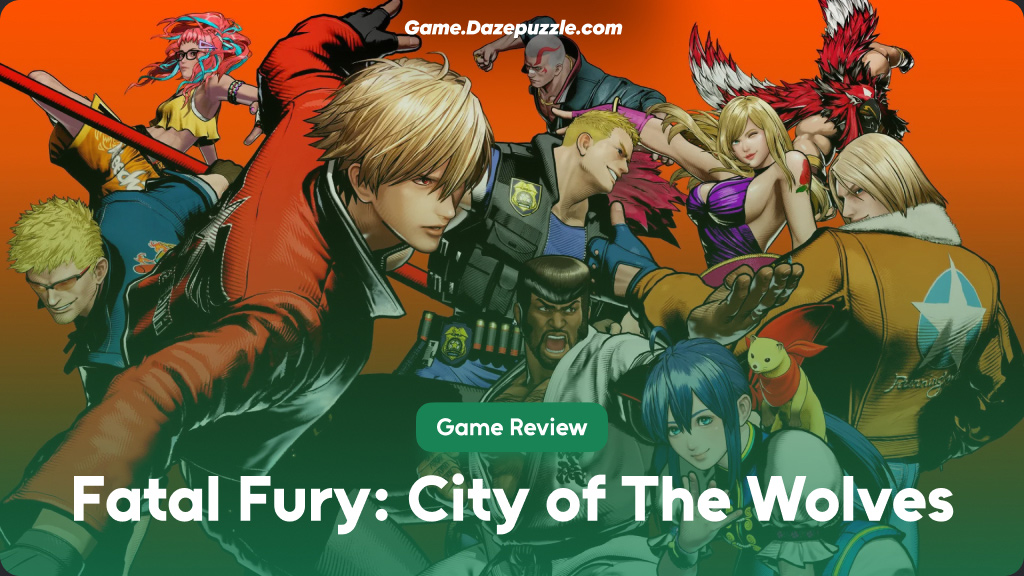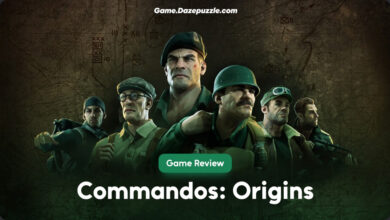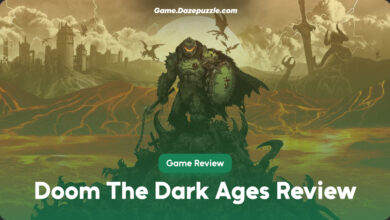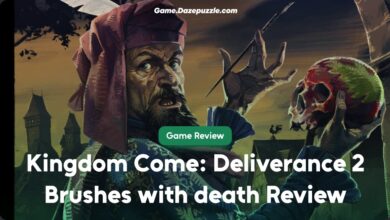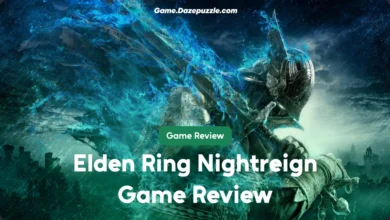South Town’s neon-lit streets hum with tension. The shadow of Geese Howard, the city’s infamous kingpin, looms large, even years after his demise. A new King of Fighters tournament beckons, promising a mysterious prize tied to his legacy. Fighters from all corners—veterans like Terry Bogard, newcomers like Preecha, and even real-world oddballs like Cristiano Ronaldo—step into the ring, each chasing their own destiny. This is Fatal Fury: City of the Wolves, SNK’s triumphant revival of a fighting game legend dormant for over a quarter-century. After 26 years, does this sequel to Garou: Mark of the Wolves still pack a punch? Spoiler: it’s a Buster Wolf to the face, with a few scuffs on its boots.
Table of Contents
A Legacy Reborn: What’s City of the Wolves All About?
If you’re new to Fatal Fury, think of it as SNK’s scrappy underdog that duked it out with Street Fighter in the ‘90s arcade scene. Born in 1991, it was a pioneer of 2D fighters, introducing layered stages and iconic characters like Terry Bogard and Mai Shiranui. While The King of Fighters became SNK’s flagship, Fatal Fury faded after 1999’s Garou: Mark of the Wolves. Now, City of the Wolves storms back, blending classic SNK flair with modern polish. It’s a 2D fighter that feels like a love letter to fans while inviting newcomers to South Town’s gritty brawls.
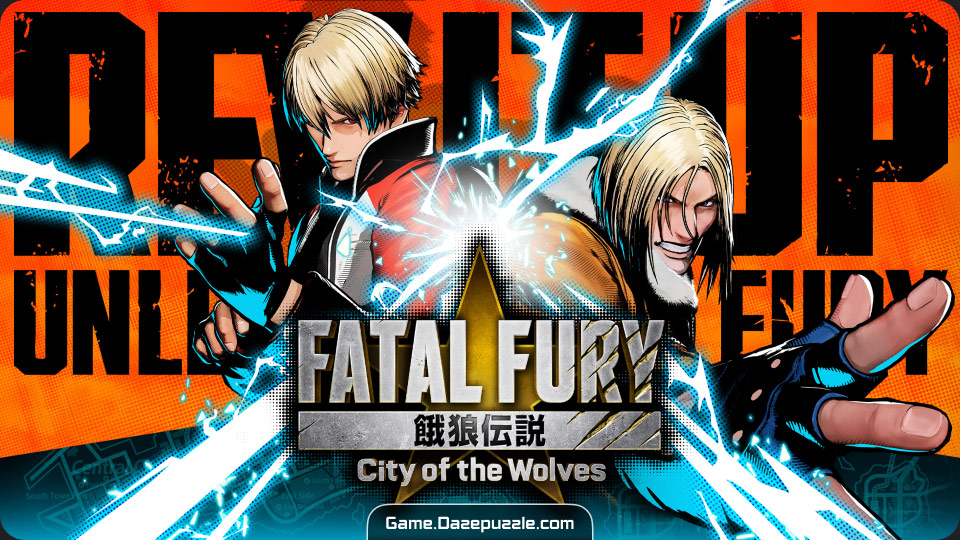
Available on PlayStation 5, PlayStation 4, Xbox Series X/S, and PC, the game launched on April 24, 2025, with a $59.99 Special Edition that includes Season Pass 1. With 17 characters, a slick comic-book art style, and the innovative REV system, it aims to stand toe-to-toe with giants like Street Fighter 6 and Tekken 8. But does it deliver? Let’s break it down.
Gameplay: A Dance of Risk and Reward
The Core of Combat
At its heart, City of the Wolves is a four-button fighter—light punch, heavy punch, light kick, heavy kick. Each button has close and far variants, giving you a versatile toolkit for poking, punishing, or piling on pressure. Unlike Street Fighter 6 with its Drive Rush or Tekken 8’s aggressive Heat system, City of the Wolves leans into a grounded, fundamentals-driven neutral game. There’s no universal dash to skip footsies, no teleport to cheat spacing, and no projectile-ignoring quickstep. Every approach carries risk, turning matches into a mental chess game where reading your opponent is king.
This focus on neutral makes characters with mobility shine. Take Hokutomaru, a ninja with double jumps, air teleports, and Akuma-like projectiles that mess with jump arcs. He feels distinct in a roster where most fighters earn their openings the hard way. It’s a refreshing contrast to modern fighters that sometimes feel like a race to overwhelm. If you love outsmarting opponents with spacing and baiting, this game’s for you.
The REV System: Meter Management Mastery
The star of the show is the REV system, a meter that builds as you use special moves, block attacks, or land REV-specific techniques. Think of it like Street Fighter 6’s Drive meter, but instead of depleting, it grows—until you hit 100% and overheat. Overheating is brutal: you lose access to REV moves, and your guard gauge drains with every block, risking a guard break and a free combo for your opponent. It’s a high-stakes balancing act that forces you to weigh big damage against staying safe.
You can spend REV meter on moves like REV Arts (enhanced specials), REV Accel (a quick dash), or REV Guard (a defensive buffer). Chain REV specials for massive damage, but push too far, and you’re in trouble. I love how this system keeps you on edge, asking, “Do I go all-in on this combo or save meter for later?” It’s risk-reward done right, adding depth without overwhelming new players.
Selective Potential Gear (S.P.G.): A Strategic Twist
Another layer is the Selective Potential Gear (S.P.G.), a yellow segment on your health bar you set before the match—start, middle, or end. While your health is in that segment, you unlock REV Blows, armored attacks that deal chunky damage and are safe on block. They’re powerful but only available during your chosen health range, so if your opponent’s S.P.G. is active and yours isn’t, you’re at a disadvantage. It’s a cool idea, encouraging strategic planning, but REV Blows can feel oppressive at lower skill levels. Their low meter cost (17%) lets aggressive players spam them, and countering without your own REV Blow requires tight timing on dodges or feints.
At high-level play, you can cancel dodges into combos with precise execution, but for casuals, it’s tough to answer. Still, this is a minor gripe in a system that’s otherwise a blast. The flexibility in combo design—easy chains for reliable damage or complex feint-and-brake routes for big rewards—lets you play your way, whether you’re a button-masher or a lab monster.
The Roster: A Mixed Bag of Brawlers
With 17 characters at launch, City of the Wolves offers a solid, diverse cast. You’ve got returning Garou stars like Rock Howard, Tizoc, and B. Jenet, alongside Fatal Fury classics like Mai Shiranui and Billy Kane. Newcomers Preecha and Vox Reaper steal the show. Preecha, a Muay Thai scientist, is approachable with flashy combos and a balanced kit, perfect for beginners. Vox Reaper, a rushdown beast, thrives on relentless pressure, rewarding aggressive players. I gravitated to Terry Bogard for his familiar King of Fighters feel and Hokutomaru for his wild mobility. Every archetype is here—shotos, grapplers, zoners, mix-up artists—ensuring there’s a fighter for every playstyle.
Then there’s the elephant in the room: guest characters Cristiano Ronaldo and Salvatore Ganacci. Ronaldo, a soccer pro, uses kicks and a summonable soccer ball for tricky setups. It’s mechanically cool but feels out of place, with no story presence in Arcade or Episodes of South Town modes. Ganacci, a DJ, is a gag character with moves ripped from his music videos—entertaining but jarring. Their plain designs clash with the roster’s vibrant anime aesthetic, and their inclusion reeks of corporate meddling (SNK’s Saudi ownership since 2022 raises eyebrows). They’d work better as DLC, freeing spots for Fatal Fury staples like Joe Higashi or Andy Bogard, who are oddly relegated to Season Pass 1.
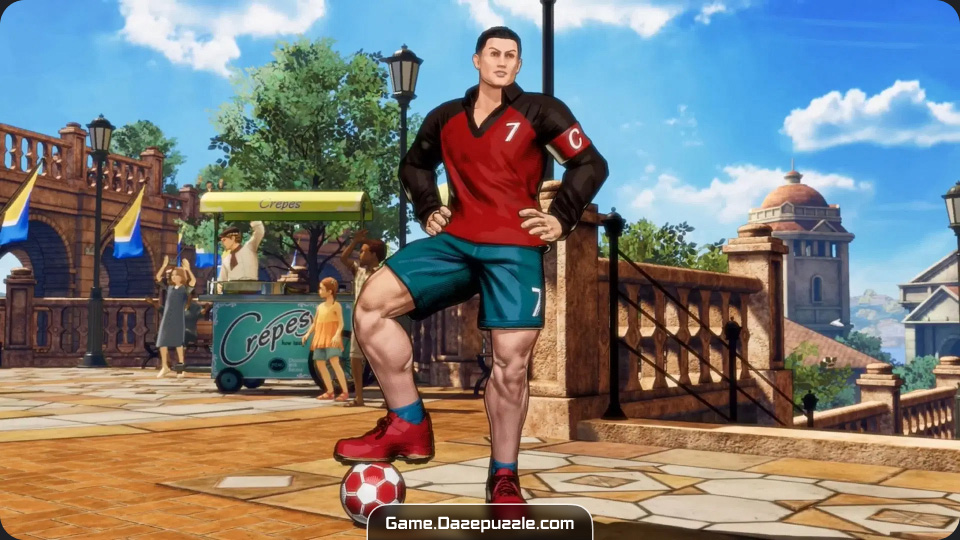
Despite this misstep, the roster’s variety and personality shine. Season Pass 1, included in the Special Edition, adds five characters: Andy Bogard, Joe Higashi, Mr. Big, and Street Fighter’s Ken and Chun-Li. It’s a promising start, but the base roster’s quality carries the day.
Single-Player Content: Fun but Familiar
Arcade Mode: A Nostalgic Trip
Arcade Mode is your classic fighting game gauntlet—fight through a series of opponents, hit a rival battle, and face a boss. Each character gets an intro, rival cutscene, and ending, packed with Fatal Fury lore. Longtime fans will grin at callbacks to Geese Howard’s legacy and cameos from Art of Fighting characters. Multiple end bosses, like Kain R. Heinlein or Vox Reaper, add variety based on your character’s story path. It’s straightforward but satisfying, especially if you’re invested in South Town’s drama.
You might also like this: Top 10 Video Game Bosses of All Time
Episodes of South Town: RPG Vibes
The marquee mode is Episodes of South Town, an RPG-inspired story mode. You pick a character, explore South Town, and fight battles to gain experience, level up, and unlock new skills. It’s a meatier take on Arcade Mode, with quality art, battle modifiers, and a gradual introduction to mechanics like Just Defense and feints. It’s great for learning the ropes while diving deeper into each character’s story. Unlocking art, lore, and music from Fatal Fury’s history feels like a treasure hunt for fans. That said, it’s not as cinematic as Street Fighter 6’s World Tour or as robust as Mortal Kombat 1’s story. It can feel repetitive, but the progression keeps you hooked.
Presentation: Style with Some Stumbles
Visually, City of the Wolves is a knockout. Its American comic-book art style pops with vibrant colors and flashy effects. Just Defense creates a glowing orb around your character, and Ignition Gear supers zoom in for cinematic flair. The 19 stages, from dojos to moving trains, are packed with details like Neo Geo machines and South Town Easter eggs. It’s not as pristine as Street Fighter 6, but it’s a huge leap from King of Fighters XIV’s rough visuals. The soundtrack, remixing classic Fatal Fury tunes with new tracks, is a banger, though guest DJ contributions feel generic. You can customize playlists with decades of SNK music, a treat for nostalgia buffs.
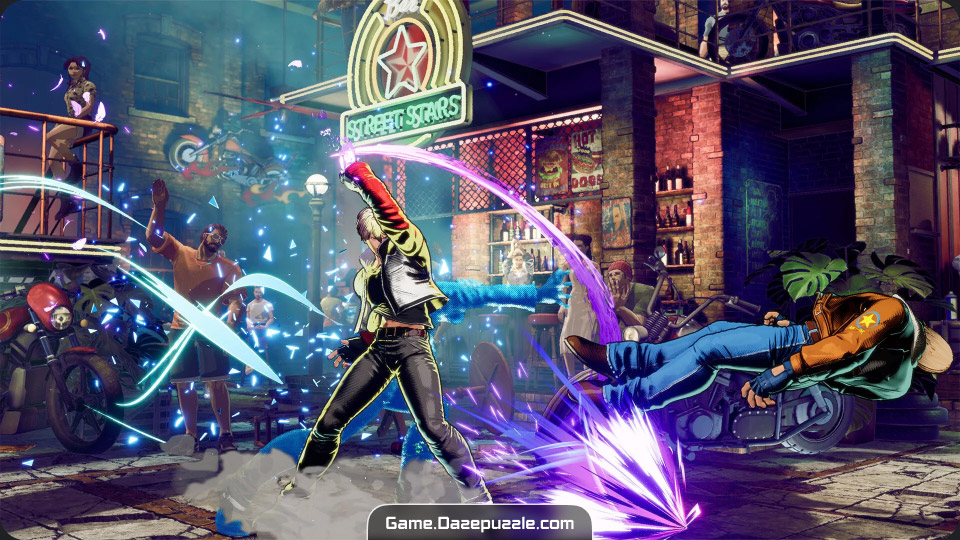
The menus, though, are a letdown. The UI is clunky, with a room match menu that uses a slow mouse cursor and looks like a spreadsheet. It’s functional but lacks the polish of the in-game presentation. Accessibility is another weak point—outside a “Smart” control style for simplified inputs, there’s little for players with disabilities, like customizable button mappings or reduced screen shake.
Online Play: Solid but Not Stellar
Online is make-or-break for fighting games, and City of the Wolves delivers… mostly. It uses rollback netcode, the gold standard for smooth online play, with cross-platform support for Ranked, Casual, and Room Matches. My time in betas and pre-launch servers was solid, with most matches feeling responsive. You can create AI clones of your playstyle to challenge others, a neat touch. The replay theater lets you watch your matches or public ones, though you can’t filter by character.
However, it’s not perfect. Bad connections can feel sluggish, with occasional input drops or high frame delay. It’s not Guilty Gear Strive’s flawless netcode but holds up against most peers. The lobby UI is as ugly as the main menu, and navigating it feels like a chore. Server stability at launch was a concern for some, but patches should smooth things out. If you’re serious about online, you’ll find plenty to love, but casuals might hit some bumps.
Teaching Tools: A Missed Opportunity
For a game with complex systems, City of the Wolves skimps on tutorials. The basic tutorial covers mechanics but doesn’t explain advanced techniques like feint cancels or defending against REV Blows. Missions, including Time Attack, Survival, and character trials, help, but there’s no in-depth guide for newcomers. The Smart control style simplifies inputs, but without clear context, new players might feel lost. Veterans will dive into Training Mode to lab combos, but casuals need more hand-holding to grasp the game’s depth.
Why You Should Play City of the Wolves
So, who’s this game for? If you’re a fighting game fan craving a Street Fighter 6 alternative with a focus on neutral and strategic meter management, City of the Wolves is a must-play. Its REV and S.P.G. systems add layers of depth, and the roster’s variety ensures endless experimentation. Fatal Fury diehards will love the lore and returning characters, while newcomers can jump in with approachable fighters like Preecha. The single-player modes, while not groundbreaking, offer enough to keep you busy, and the online scene is poised to thrive with a passionate community.
It’s not flawless. The guest characters feel forced, the UI is a mess, and the tutorials could be better. But when you’re in a match, trading blows with Terry’s Power Geyser or Hokutomaru’s air shenanigans, none of that matters. The core gameplay is tight, the presentation drips with style, and the risk-reward systems keep you coming back. It’s a love letter to Fatal Fury’s legacy and a bold step into the modern era.
A Worthy Comeback
Fatal Fury: City of the Wolves is a triumphant return for SNK’s classic franchise. It nails the essentials—tight gameplay, a diverse roster, and a vibrant art style—while introducing systems that reward skill and strategy. The missteps, like lackluster menus and odd guest characters, don’t overshadow the thrill of South Town’s battles. Whether you’re a ‘90s arcade kid or a new fighter looking for your next obsession, this game delivers. It’s not just a nostalgia trip; it’s a contender in today’s fighting game renaissance.
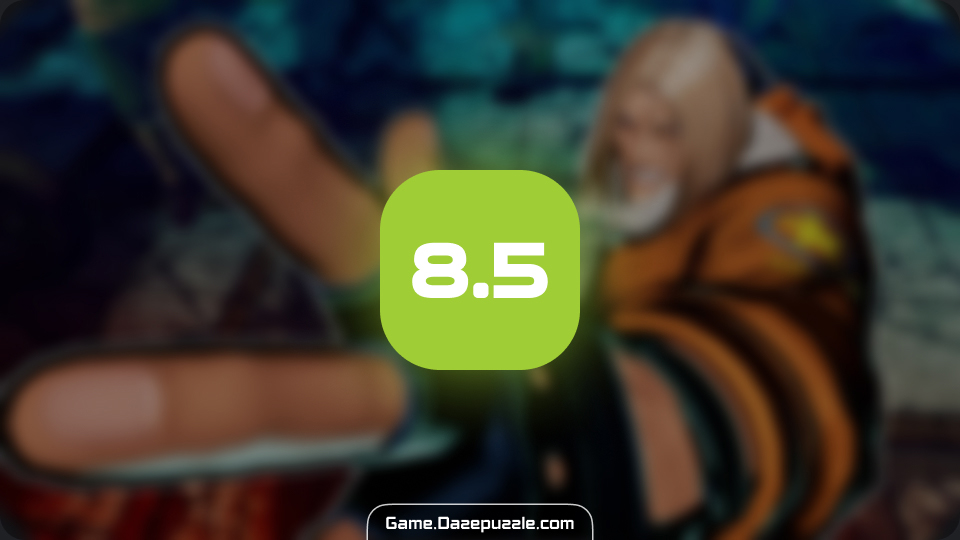
Score: 8.5/10
Grab your cap, channel your inner Terry, and hit the streets of South Town. City of the Wolves is ready to rumble, and you don’t want to miss it.
Thank you for Keeping up with Game.Dazepuzzle.com

